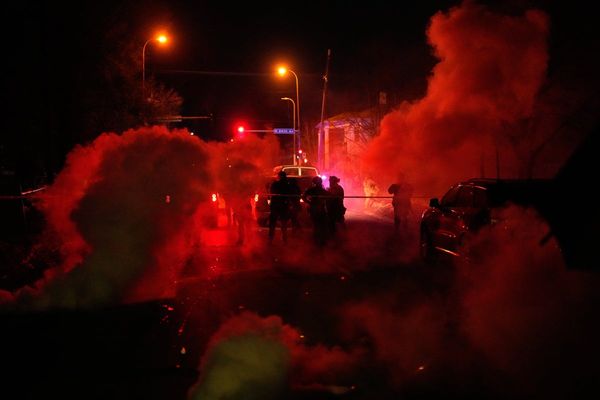The 41 workers who were trapped for 17 days in the collapsed tunnel in Silkyara, Uttarakhand, were rescued after extensive efforts led by the National Disaster Management Authority. On November 28 evening, rescue personnel managed to breach the rocks that had collapsed around the workers, and evacuated them. In and of itself, the rescue was remarkable because of the resources mobilised to achieve it. Just a day after a part of the tunnel caved in, officials were able to supply the trapped workers with oxygen and food. By November 16, an auger drill had been flown in from Delhi, assembled, and pressed into service. In the following week, efforts to reach and release the workers progressed in fits and starts, as officials at the site dealt with obstacles in the drill’s path, its own health, the stability of its platform, and the effects of its motion on the surrounding rock; in particular, they had to ensure the workers were not endangered by rocks loosened by vibrations. But work was forced to a halt by November 25 when the drill’s blades lodged in the debris. The next day, a new phase of the operation commenced: vertical drilling, with assistance from experts of rat-hole mining to help clear the rubble. Finally, on November 28, the rescuers finally pierced the cavern and brought the workers out. The operation involved the National and State Disaster Response Forces, the Border Roads Organisation, the National Highways and Infrastructure Development Corporation Limited, and the Indo-Tibetan Border Police, among others.
In a post on X, President Draupadi Murmu called the rescue “one of the greatest” in history. It may well be, but the scale and the fervour with which it was undertaken also casts an unfavourable spotlight on the Char Dham highway project and on the unsafe working environments of those expected to build such infrastructure. In both this incident and one in July, when a crane collapsed on and killed 20 workers working on the Nagpur-Mumbai Samruddhi Expressway, in Thane, the contractor was Navayuga Engineering Company Ltd. The government must investigate the specific causes of both incidents, take steps to prevent recurrence of similar situations and ensure on-site working conditions include safety features. Then again, if unsafe environments are the issue, ongoing work on the Char Dham highway itself may need to be reconsidered, since experts have repeatedly raised concerns about the carrying capacity of the local terrain and slope-cutting activities defying geological wisdom. The rescue was certainly laudable, but if adequate attention is paid to workers’ — and the highway’s future users’ — safety, such operations may not be needed altogether.







